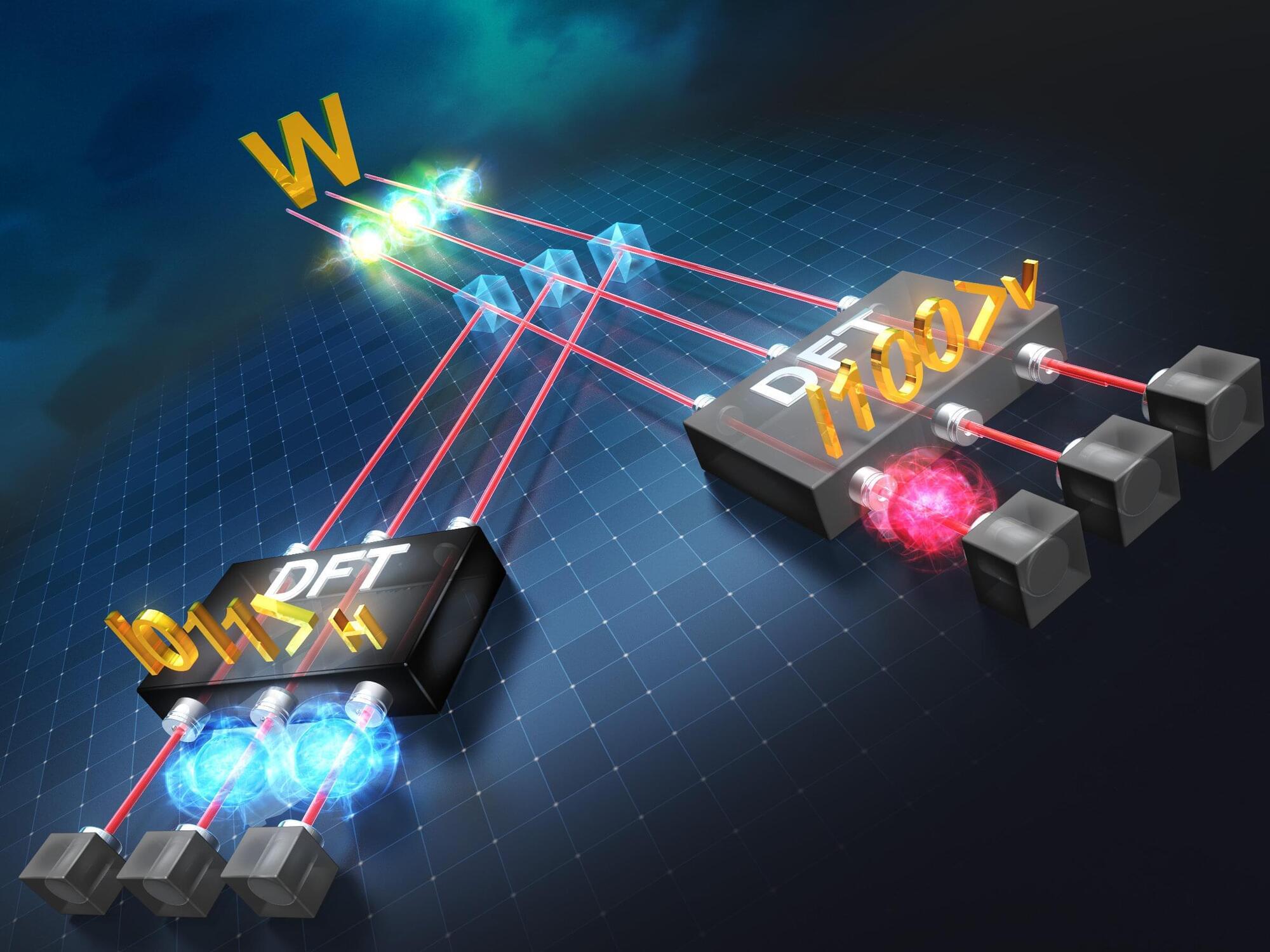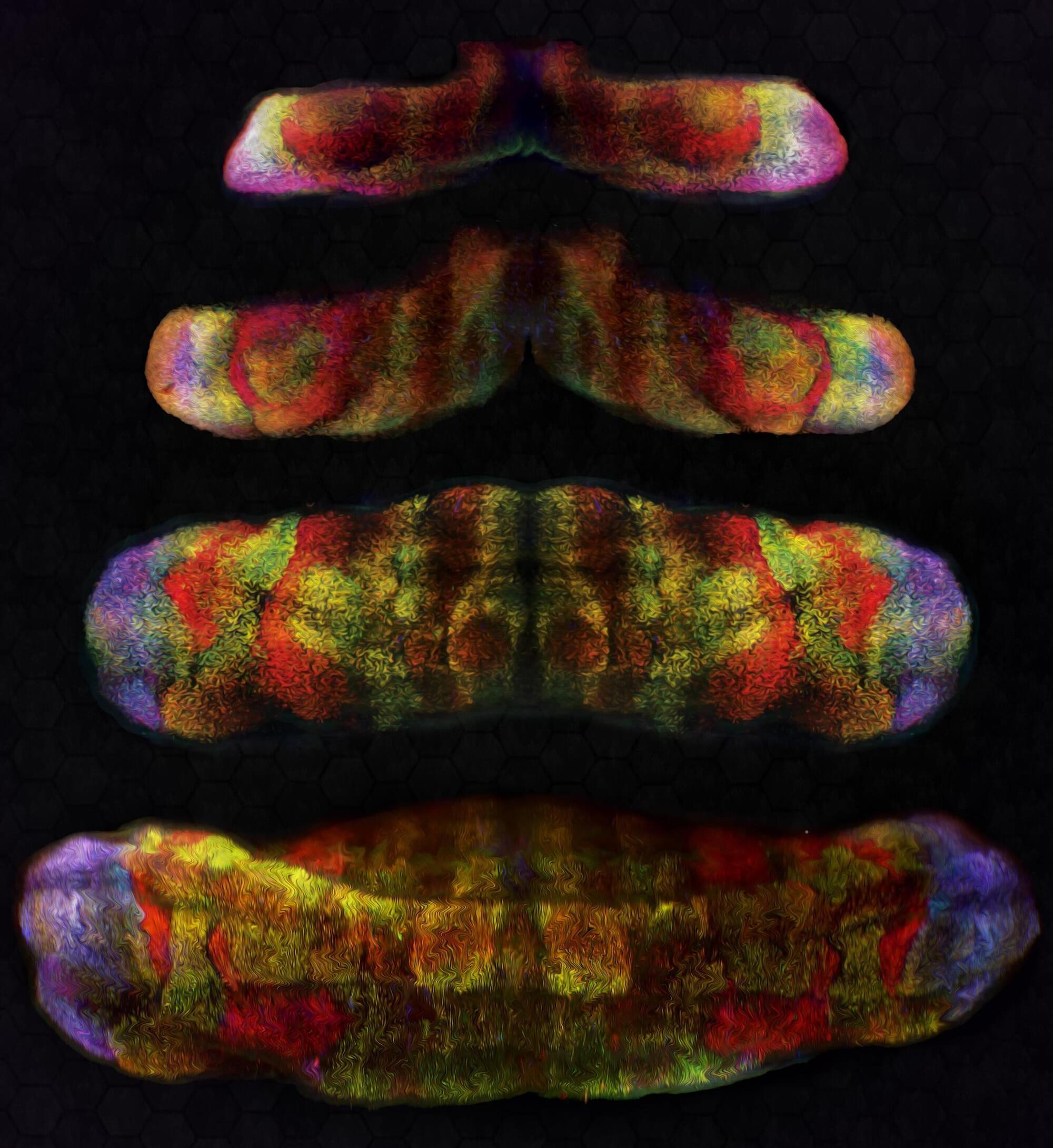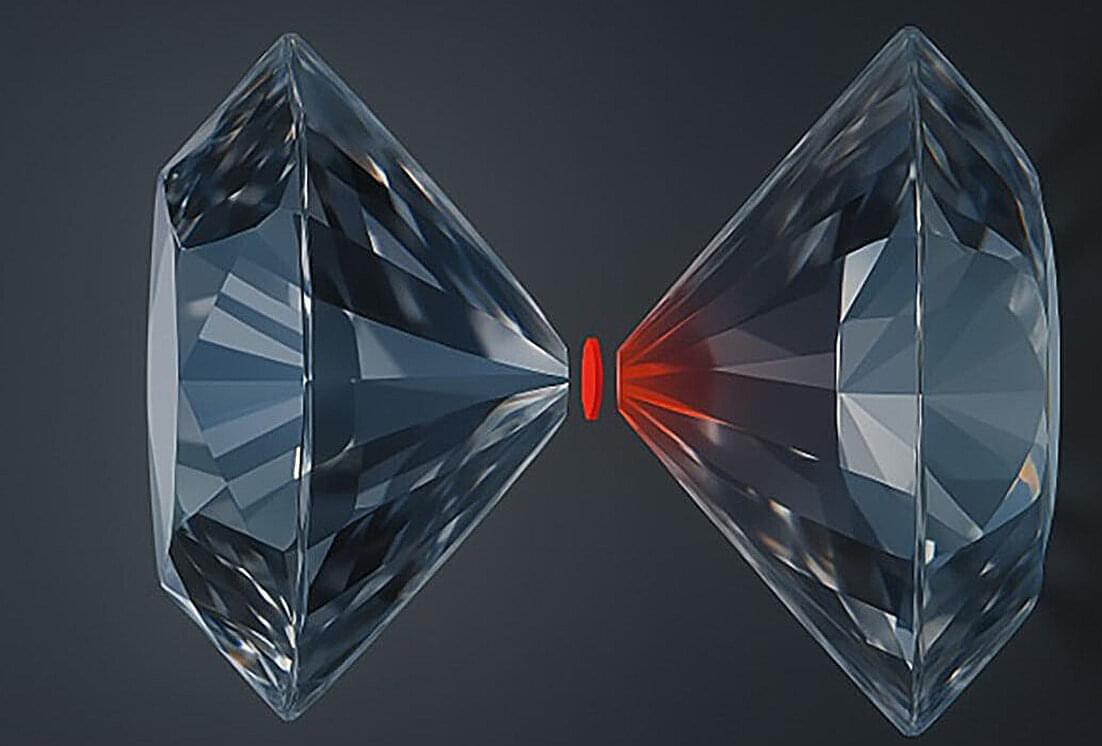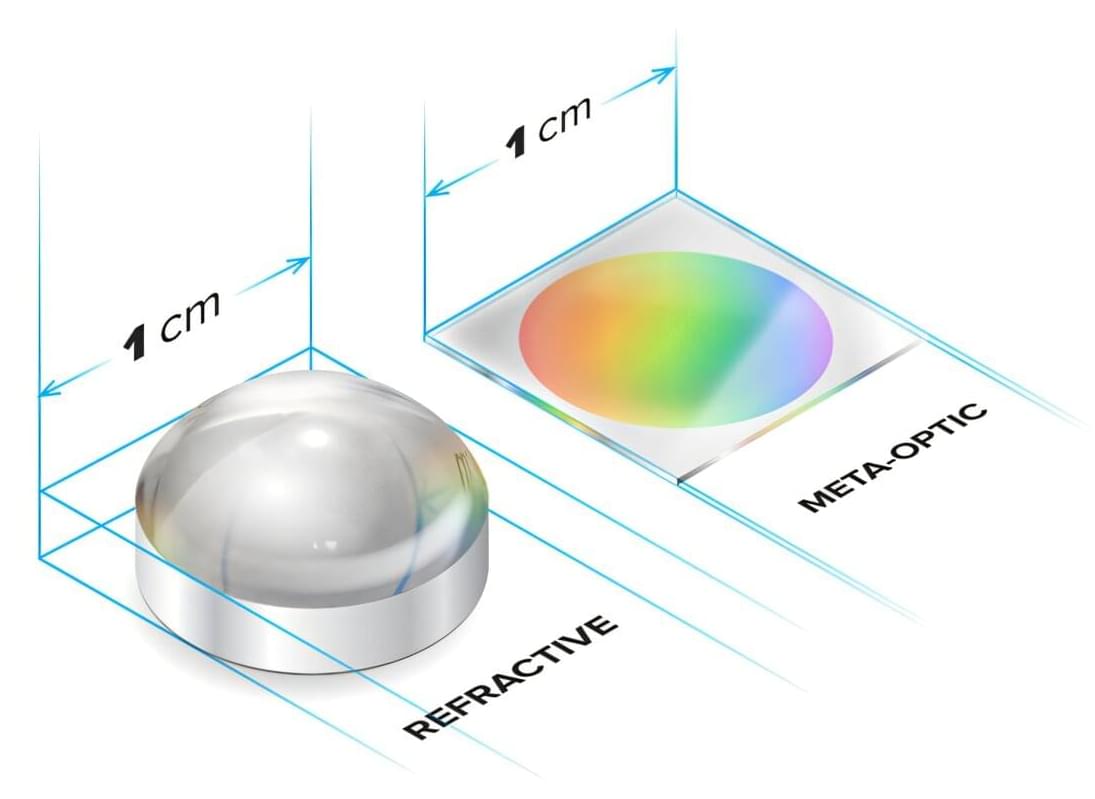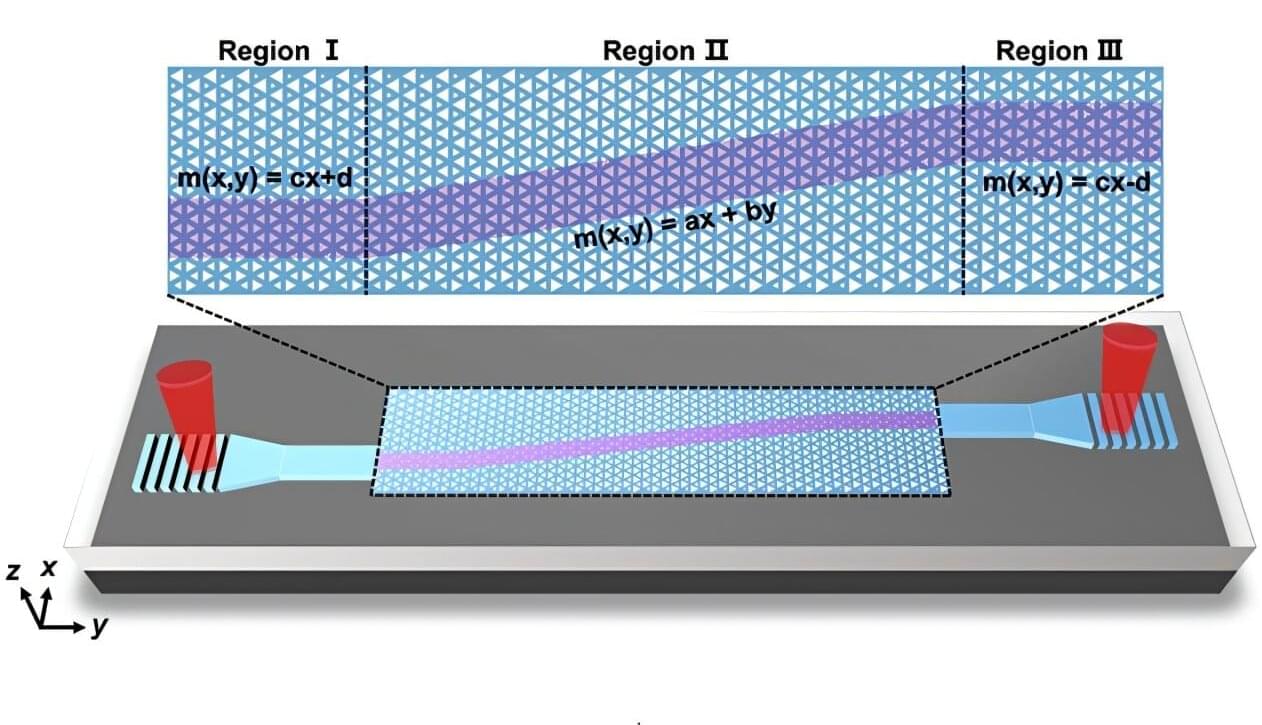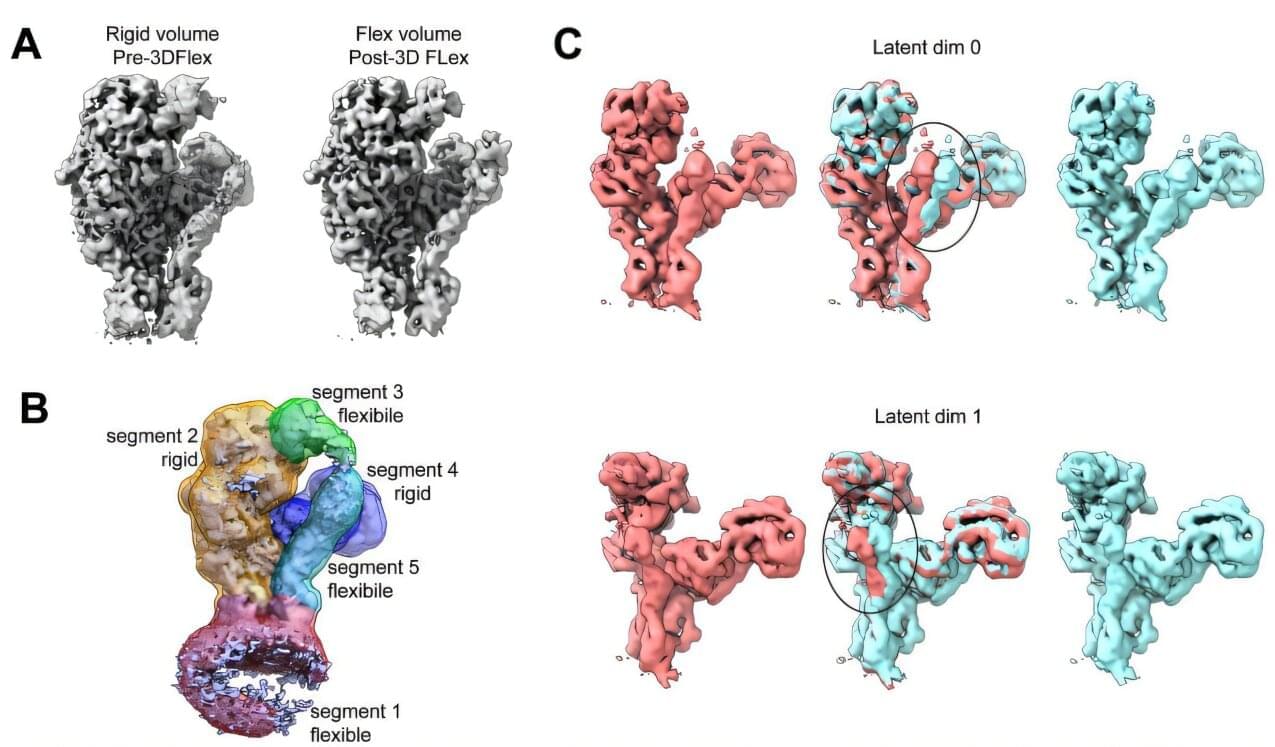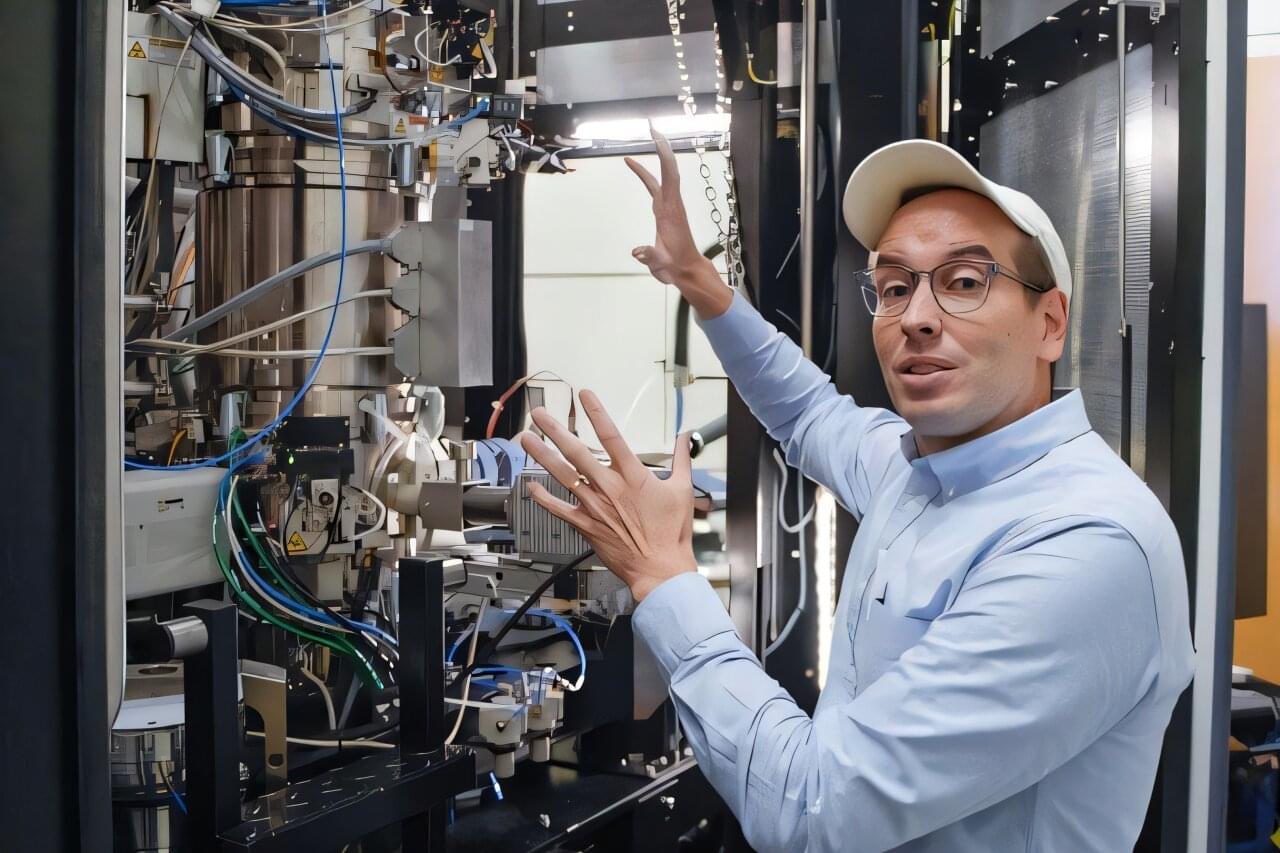The concept of quantum entanglement is emblematic of the gap between classical and quantum physics. Referring to a situation in which it is impossible to describe the physics of each photon separately, this key characteristic of quantum mechanics defies the classical expectation that each particle should have a reality of its own, which gravely concerned Einstein.
Understanding the potential of this concept is essential for the realization of powerful new quantum technologies.
Developing such technologies will require the ability to freely generate a multi–photon quantum entangled state, and then to efficiently identify what kind of entangled state is present. However, when performing conventional quantum tomography, a method commonly used for state estimation, the number of measurements required grows exponentially with the number of photons, posing a significant data collection problem.
